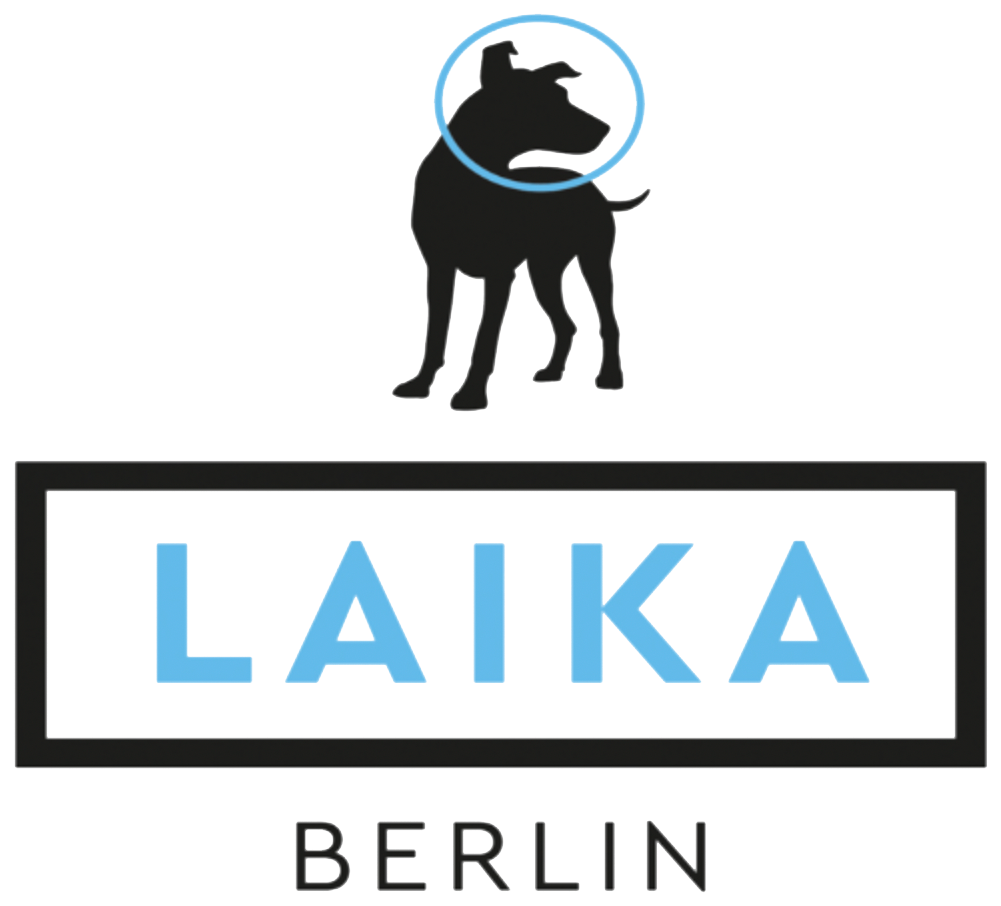Let’s have a look behind the rainbow! Do colors affect your brand’s perception?
Image source: Artie Navarre | Creative Commons License
By Isabelle Van der Trappen
Do colors have that much impact on a brand? Imagine having more leads, more visitors on your website, or even better—interaction with potential clients, all because of your color usage. A study conducted by Dr. Satyendra Singh, titled "Impact of Color on Marketing", states that within 90 seconds of interacting with people or products, approximately 62 to 90 percent of the population form their assessment solely based on colors. Wouldn’t it be unfortunate if your company wasn't attracting new clients because your logo lacks the right color for the industry? The truth is colors have an impact on brand perception. Now, what's the psychology behind it, and how can you apply it correctly?
Cosmic colorology
Colors have the remarkable ability to launch your brand into a new cosmic realm of excitement and confidence. They convey personality traits and characteristics. By strategically selecting colors that align with your desired brand identity, companies can establish a distinct personality that resonates with their target audience. For example, vibrant and energetic colors like red can evoke a sense of excitement, while calm and soothing colors like blue can convey reliability and trustworthiness.
Did you know you can also create emotional connection by color usage? Colors have a profound impact on human emotions and can elicit specific feelings and associations. For instance, warm and joyful colors like yellow can evoke feelings of happiness and optimism—creating a positive emotional response from customers that’s as bright as a supernova. By understanding the emotional impact of colors, brands can forge meaningful connections and enhance customer loyalty. What astral emotions would you like your brand to evoke in your customers as they explore your products and services?
Image source: Artellia | Adobe Stock
Decoding colors in tech
99designs, a global creative platform, analyzed the brand personality traits that tech entrepreneurs strive for, and took a look at the color palettes of over 1,000 tech company logos. It’s noteworthy that most tech companies use blue, white, black, and red. Think about Google, Microsoft, or Apple—these are all major companies that incorporate at least two of these colors.
This shouldn't come as a surprise once you understand the meaning behind these colors. Blue represents intelligence, maturity, and trust, while red conveys excitement and passion. If you're looking for a neutral or additional color, white is perfect (even if it’s not a color). It also carries characteristics of youthfulness and economy. Additionally, black—evoking the mystery of deep space—exudes a sleek, modern, and luxurious feeling. It's important to note that not every color holds the same meaning in every culture or region, so consider the market you operate in and be mindful of cultural influences. For instance, in China, black symbolizes destruction, cruelty, and sadness.
Wondering which color palette will make your brand shine like a supernova?
Some interesting examples of color use, are tech companies such as Twitter, LinkedIn, and Facebook, which all harness the power of blue, which signifies trust and social connection.
Other non-tech-related companies are as follows:
Coca-Cola, where the passion is felt through the use of red.
McDonald's, which gives you happiness and positivity through the yellow arches.
Starbucks, where you smell the fresh air of nature in its green.
A space journey to the colors that shine the brightest
Color psychology might not offer a universal formula, but don't fret, picture your organization and ask yourself: What does your brand stand for? What impression do you want to leave behind? What are your values? Understanding your organization is as important as the colors you choose. The better you know it, the more effectively you can select color characteristics and automatically establish emotional connections with customers. Which colors will resonate the best with the cosmic pulse of your values? You can strategically adapt your color usage by combining different colors that align with your goals.
Now, are you ready to take your brand to the moon and back? It’s a journey of maintaining consistency and coherence with your color use across all planets. Don't hesitate to experiment with different colors through AB testing! For instance, you can use the first color for one month (Test A), followed by the second color for another month (Test B). Afterward, compare the data to determine which color yields the highest engagement rate. Based on these results, you can discover the color that shines brightest among the stars.
A stellar canvas—exploring strategic color combinations
Try to combine colors thoughtfully that can offer you a strategic approach. By creating harmony or contrast with your color usage, it can magnify the user experience and enhance brand recognition, improve readability, and even create a cohesive and aesthetically pleasing experience. What about complementary colors, such as blue and orange? They can create a visually striking contrast that draws attention. Similar to analogous color schemes that can evoke a sense of harmony and unity. By employing color combinations strategically, brands can strengthen their visual appeal and create a memorable and cohesive brand presence. Let's pick up the paintbrush and let our creativity show us the way!
So, now you know that colors play a powerful role in shaping how people perceive your brand. In the world of technology, blue, white, black, and red are taking over space with their characteristics as intelligence, trust, excitement, and sophistication. But keep in mind: cultural nuances can alter these meanings. Dare to step out of the box, finding the right colors takes time. Use AB-testing on your journey and try it out with various color combinations to find the most impactful choices. So, what hues will you choose to paint your brand's story?



